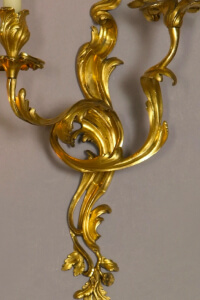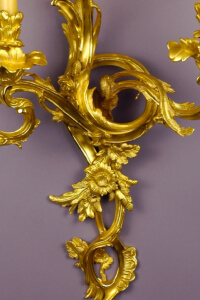Prices being presented are in USD. You can switch to different currency from here.
Louis XV Cage Chandelier






In choosing this option you can make an instant purchase of your selected chandelier and pay the full amount at the following checkout page. You will be intimated with details of the delivery date time and shipping schedule over your shared email address.
In this option you can pay our booking fee to reserve a chandelier(s) of your choice for x amount of time by when you can make the full payment of the same.
We would be happy to discuss your requirements and craft a custom payment plan that suit your exact needs.
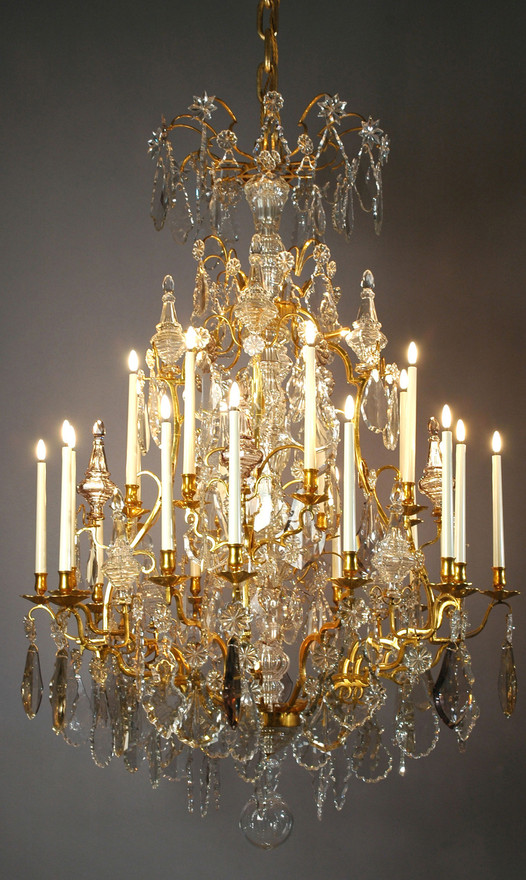
Ref. 99907/24cx
No. of Pieces: 5
Location: Gargas
Stock Type: Semifinished
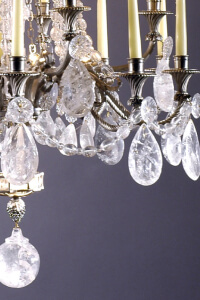
In the 18th Century, the royal chandeliers were treated as jewellery, Their pendants were in 'pure water crystal' - natural crystal/quartz.

Before Lead crystal was discovered, the glass was mixed with Manganese, Tungstene or other materials. These materials used to give a smoky, violet or yellow tint to the glass. Our 18th Century Crystal recreates this effect, making it perfect for pieces that need to look antique or fit in a collection.
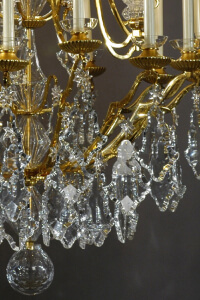
The 19th Century is the great avent of Lead Crystal - commonly known as simply “crystal”. Our suppliers in Eastern Europe create pure and transparent Crystal, which we call Bohemian.




